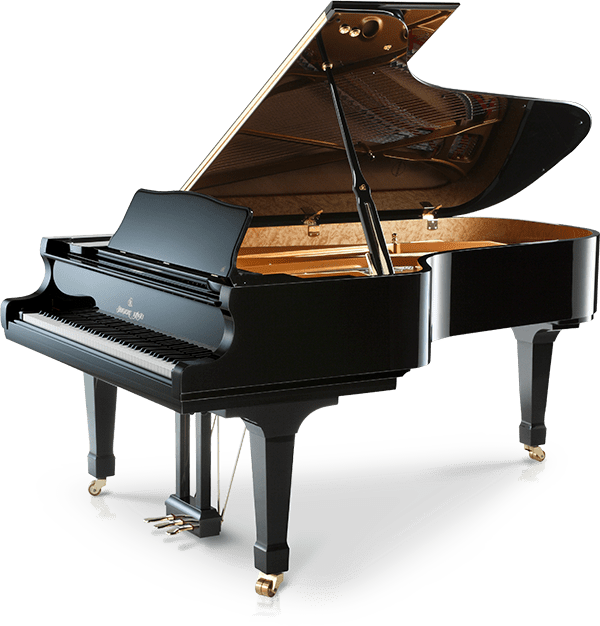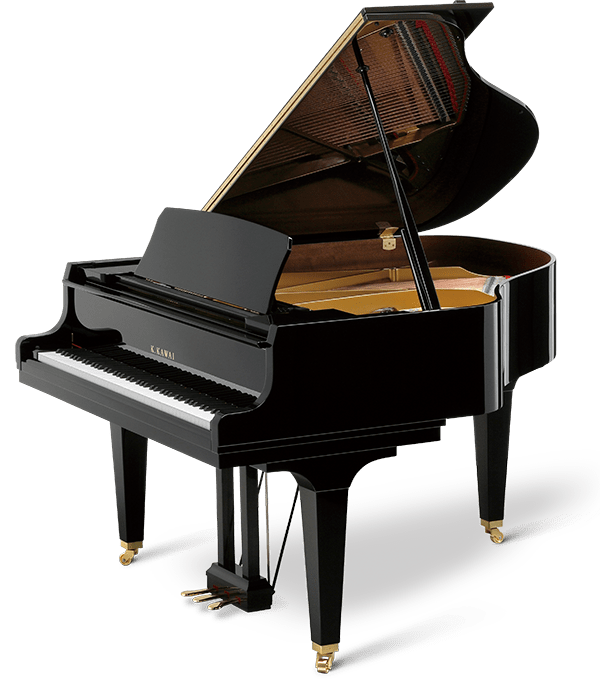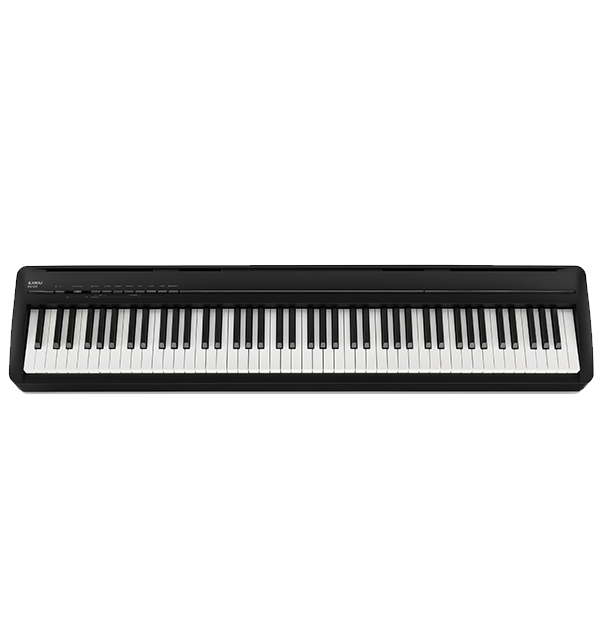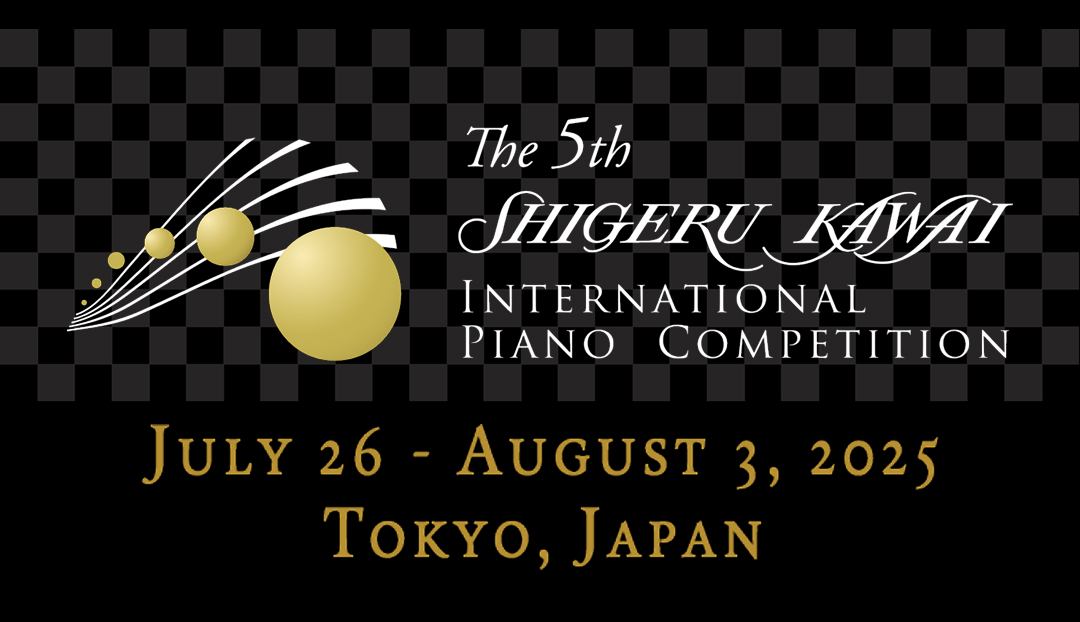Inversion, Invention, and Realization
Music, with its transformative power, has the unique ability to create a universe of sound that touches the soul and illuminates human meaning, expression, and understanding. Great pianists strive to create what my late teacher, Russell Sherman, called the “ineffable and inimitable” sound that- “sustains and infuses the universe.” This lasting impact and importance can only emanate from superb mastery of the musical content.
The great Russian pianist and teacher, Heinrich Neuhaus, on the first page of his book “The Art of Piano Playing,” reinforced the importance of mastery of the music score and lamented “that the content, i.e. the music itself (what we call “the artistic image”) is not given its due, attention being focused mainly on the technical mastery of the instrument.”
Every performance […] consists of three fundamental elements: the work performed (the music), the performer and the instrument. Only a complete mastery of these three elements can ensure a good artistic performance.
And it turns out that the order in which one develops these three masteries matters greatly to the artistic expression one can achieve. If we now know that mastery of the musical score is the sine qua non, that the mind and ears must be nimbler, more agile, and ahead of the fingers, how does one begin to navigate the terrain of the music score so that the artistry leads and lifts from the fundamentals of technical brilliance, creating a compelling performance?
Admittedly, the journey to mastering a score is complex. Perhaps I can offer a few tangible ideas to help frame this journey. When you begin a new piece, start with a deep and extensive practice of looking at a musical score away from the instrument. This is like having a direct conversation with the musical content, with physical obstacles and considerations removed. Engage first with the complexity, logic, and creation of musical ideas, and over time, create and continually refine an informed blueprint of artistic image. This ongoing refinement will guide both your creative intention and the development of your physical technique to achieve that intention, ensuring that your skills are always in service of the highest ideals of music.
The work of a musician is much like a researcher or detective solving a mystery, and regardless of the level of the student, here are a few simple and basic questions that need to be addressed and answered away from the piano as you begin to form your artistic image and blueprint:
- Scanning the score:
- Glance at the whole score. What do you see?
- Acknowledge all the markings and understand that each one is an essential
component of creating a musical image.
- Do you understand all the markings and terminology written on the page(s)? If
not, find the answers before proceeding.
- Determine the terrain:
- After considering your answers above, are you able to form some ideas of what
the music is trying to communicate? For example, how are all the elements in
the music score used to describe the character?
- Describe where and when the character changes over the arc of the piece.
- What are the general components of the rhythm that bring the piece to life? Can
you describe and feel this rhythm away from the piano?
- Acquaint yourself with the melodic line. Can you describe what the melodic line
is expressing? Can you sing it? Can you hear that what you sing truly expresses
the character?
- What are the textures and harmonies that support the character?
- Distribution and description of musical components:
- After considering your answers above, are you able to form some ideas about
how to distribute the different components? For example: what are the shapes
and lengths of the melodic lines / and how and to what effect are they put
together? Apply this to the harmony and rhythm. Which elements in the music
come to the forefront, to the background, or somewhere in the middle?
- Realization of the score:
- Begin to translate all that you have answered above to the physical aspects of
performing. As you think about your physical practice, how will you ask and
guide your ears and fingers to reach for the musical content as you build
Technique?
- Tone and Intonation: how do you translate and pronounce the musical material
to support what you are trying to express?
- Other things to consider:
- What do you know about the composer?
- What do you know about the period when the piece was composed?
- Is there any context about why or how the piece was composed?
- Can you describe the style of the piece?
Are there any existing articles and analyses of the piece worth considering that help support or contradict your original ideas about the piece? These are some ideas to start working with a musical score. No two interpretations are identical. Can you see different ways of looking at the score?
The path to an enlightened interpretation of a score is never straightforward. As you discover new details in the score, new ideas often emerge and reveal the need to rethink redistribute, revisit old ideas.
Written by Katherine Chi
Prepared by Hugh Raine


















